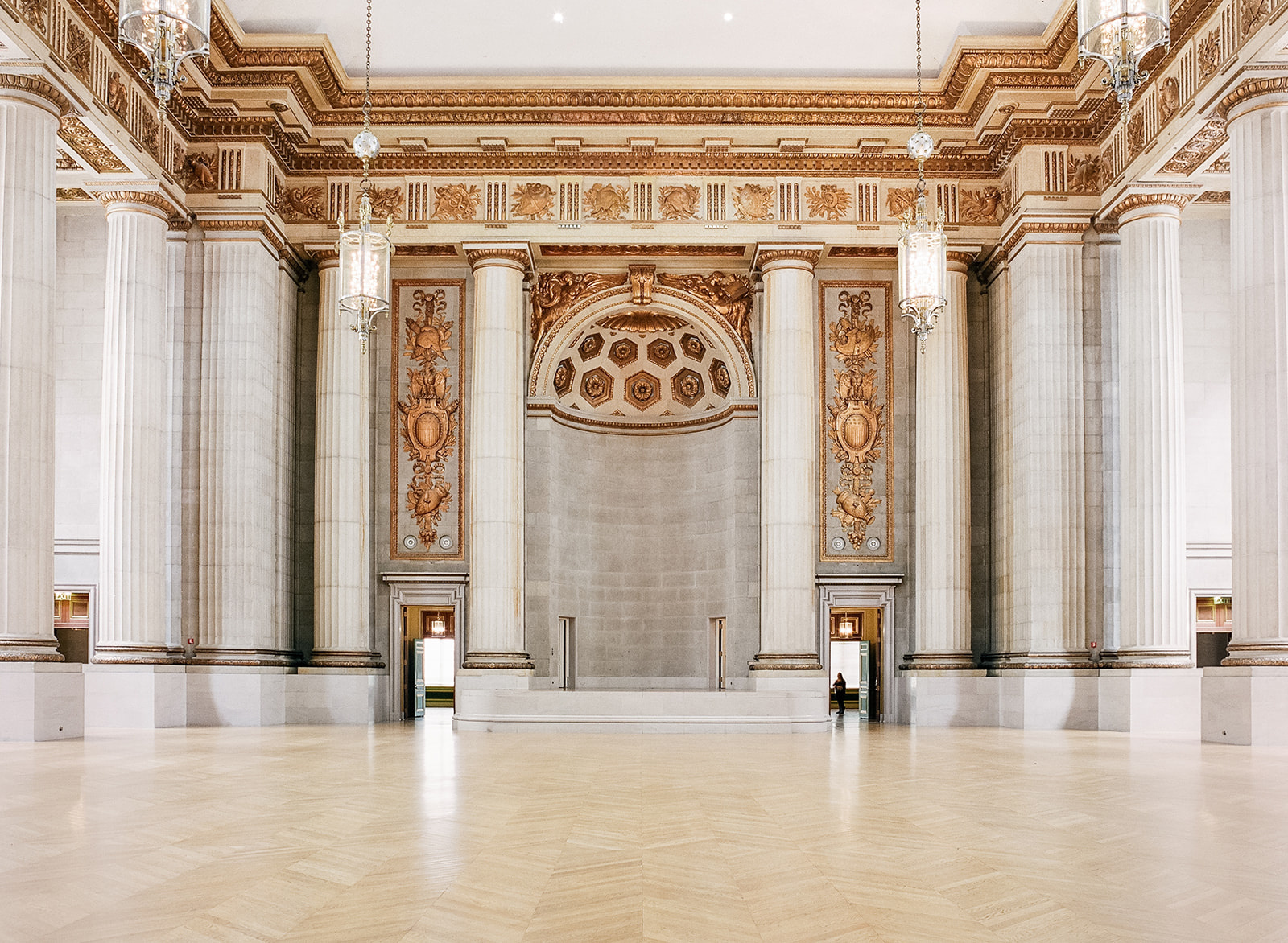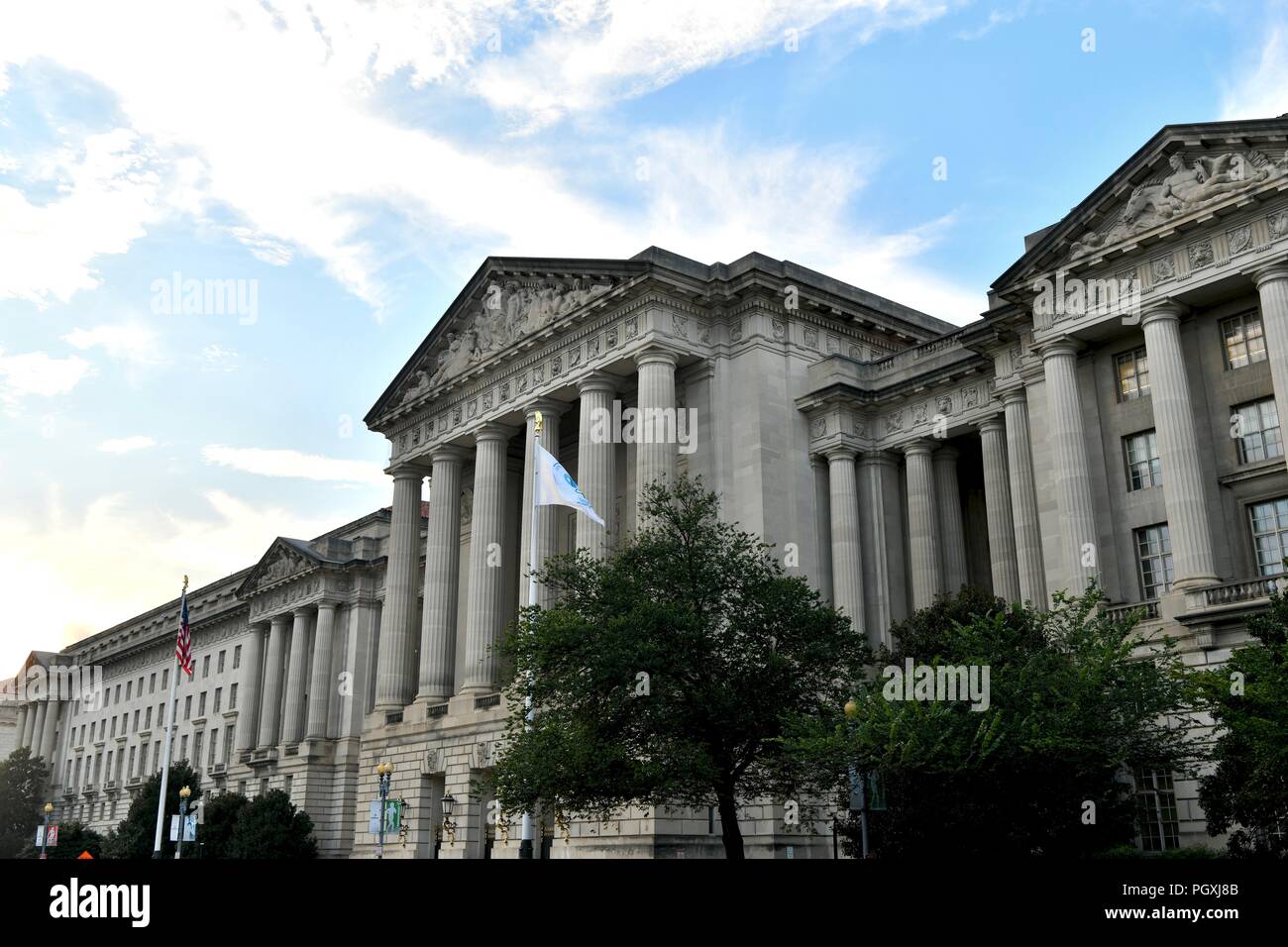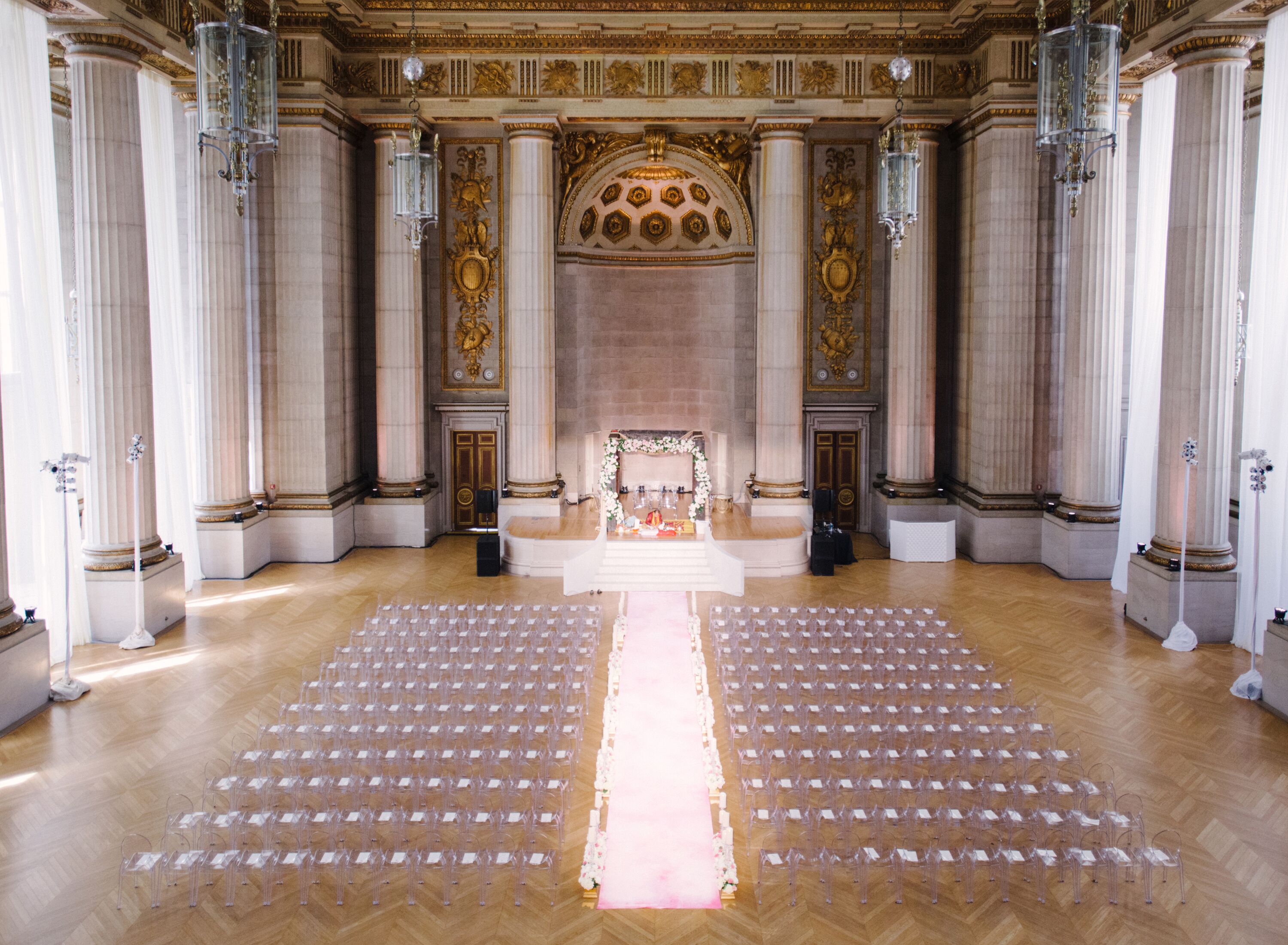Mellon Auditorium’s Architectural Significance

Mellon Auditorium, a magnificent neoclassical structure in Washington, D.C., stands as a testament to the architectural grandeur of the early 20th century. Its design was influenced by the Beaux-Arts movement, which emphasized symmetry, proportion, and classical motifs. The auditorium was commissioned by philanthropist Andrew W. Mellon as a gift to the nation and was completed in 1931.
Historical Context and Influences
The construction of Mellon Auditorium coincided with a period of architectural revivalism in the United States. Architects sought inspiration from classical Greek and Roman designs, believing that these styles represented the pinnacle of architectural achievement. The Beaux-Arts movement, which originated in France, had a significant influence on American architecture at the time and is evident in the design of Mellon Auditorium.
The historic Mellon Auditorium, with its grand facade and ornate interior, played a pivotal role in the recent NATO Summit in Washington D.C.. The auditorium’s spacious halls and state-of-the-art facilities provided a fitting backdrop for the high-level discussions and diplomatic engagements that shaped the course of the summit.
Following the conclusion of the summit, the Mellon Auditorium once again stands as a testament to the power of diplomacy and the enduring spirit of international cooperation.
Unique Features and Elements
- Monumental Facade: The auditorium’s facade is characterized by a grand portico supported by eight Corinthian columns. The pediment above the portico features a sculptural group representing the “Apotheosis of Music.” The facade is made of white marble, which gives the building a sense of grandeur and elegance.
- Symmetrical Plan: Mellon Auditorium is designed on a symmetrical plan, with the main entrance in the center of the facade. The interior of the auditorium is also symmetrical, with a central nave flanked by two aisles. The symmetry creates a sense of balance and order.
- Elaborate Decoration: The auditorium’s interior is richly decorated with murals, sculptures, and other works of art. The murals depict scenes from mythology and history, while the sculptures represent various muses and other figures associated with the arts.
- Excellent Acoustics: Mellon Auditorium is renowned for its excellent acoustics. The auditorium’s shape and the use of sound-absorbing materials create an ideal environment for musical performances. The auditorium has been used for a wide variety of concerts, operas, and other musical events.
Mellon Auditorium is a significant architectural landmark that represents the best of American neoclassical design. Its grand facade, symmetrical plan, elaborate decoration, and excellent acoustics make it a masterpiece of 20th-century architecture.
The Mellon Auditorium, a stunning Beaux-Arts building, has witnessed numerous historic events. Its grandeur echoes the significance of the gatherings it has hosted, including those involving the NATO members. The auditorium’s stately presence stands as a testament to the profound deliberations that have shaped international relations.
Mellon Auditorium’s Role in Performing Arts

Since its inception, Mellon Auditorium has been a prominent venue for performing arts in Washington, D.C. Its grand stage and exceptional acoustics have hosted a wide range of performances, from classical music to Broadway musicals, solidifying its reputation as a cultural hub in the nation’s capital.
Notable Performances and Events
Throughout its history, Mellon Auditorium has witnessed countless memorable performances. Some of the most notable include:
- Inaugural concert of the National Symphony Orchestra in 1931
- Performances by renowned classical musicians such as Arturo Toscanini, Leonard Bernstein, and Yo-Yo Ma
- Broadway musicals, including “My Fair Lady,” “West Side Story,” and “The Sound of Music”
- Speeches and lectures by prominent figures, such as Eleanor Roosevelt, Martin Luther King Jr., and Dalai Lama
Mellon Auditorium’s Community Impact
Mellon Auditorium has played a vital role in the cultural and social fabric of Washington, D.C., since its opening in 1931. The auditorium has hosted countless community events, educational programs, and civic gatherings, serving as a gathering place for the community and a catalyst for cultural exchange.
Community Events
Mellon Auditorium has been the venue for a wide range of community events, including concerts, lectures, and exhibitions. These events have brought together people from all walks of life, fostering a sense of community and shared experiences. For example, the auditorium has hosted annual concerts by the National Symphony Orchestra, drawing large crowds of music lovers. It has also hosted lectures by renowned speakers, such as Eleanor Roosevelt and Martin Luther King Jr., providing a platform for important discussions and civic engagement.
Educational Programs
Mellon Auditorium has also been an important venue for educational programs. The auditorium has hosted lectures, workshops, and conferences on a variety of topics, including history, art, and science. These programs have provided opportunities for lifelong learning and intellectual enrichment for residents of Washington, D.C., and beyond. For example, the auditorium has hosted lectures by historians such as David McCullough and Doris Kearns Goodwin, offering insights into the nation’s past. It has also hosted workshops on topics such as environmental sustainability and public health, providing practical knowledge and skills for community members.
Civic Gatherings
Mellon Auditorium has also been a significant venue for civic gatherings. The auditorium has hosted political rallies, public hearings, and other events that have shaped the political and social landscape of Washington, D.C. For example, the auditorium hosted the 1963 March on Washington for Jobs and Freedom, a pivotal moment in the civil rights movement. It has also hosted public hearings on important issues such as the Vietnam War and the Watergate scandal, providing a forum for public discourse and debate.
Impact on the Neighborhood, Mellon auditorium
Mellon Auditorium has had a positive impact on the surrounding neighborhood. The auditorium has attracted visitors from all over the city and beyond, generating economic activity for local businesses. It has also been a catalyst for urban renewal and revitalization efforts in the area. For example, the auditorium has been instrumental in the development of the Penn Quarter neighborhood, transforming it into a vibrant and thriving cultural district.
Legacy as a Gathering Place
Mellon Auditorium has a rich legacy as a gathering place for the community. The auditorium has been a witness to some of the most important moments in the history of Washington, D.C., and has played a vital role in shaping the city’s cultural and civic life. It continues to be a beloved landmark and a cherished venue for community events, educational programs, and civic gatherings.
